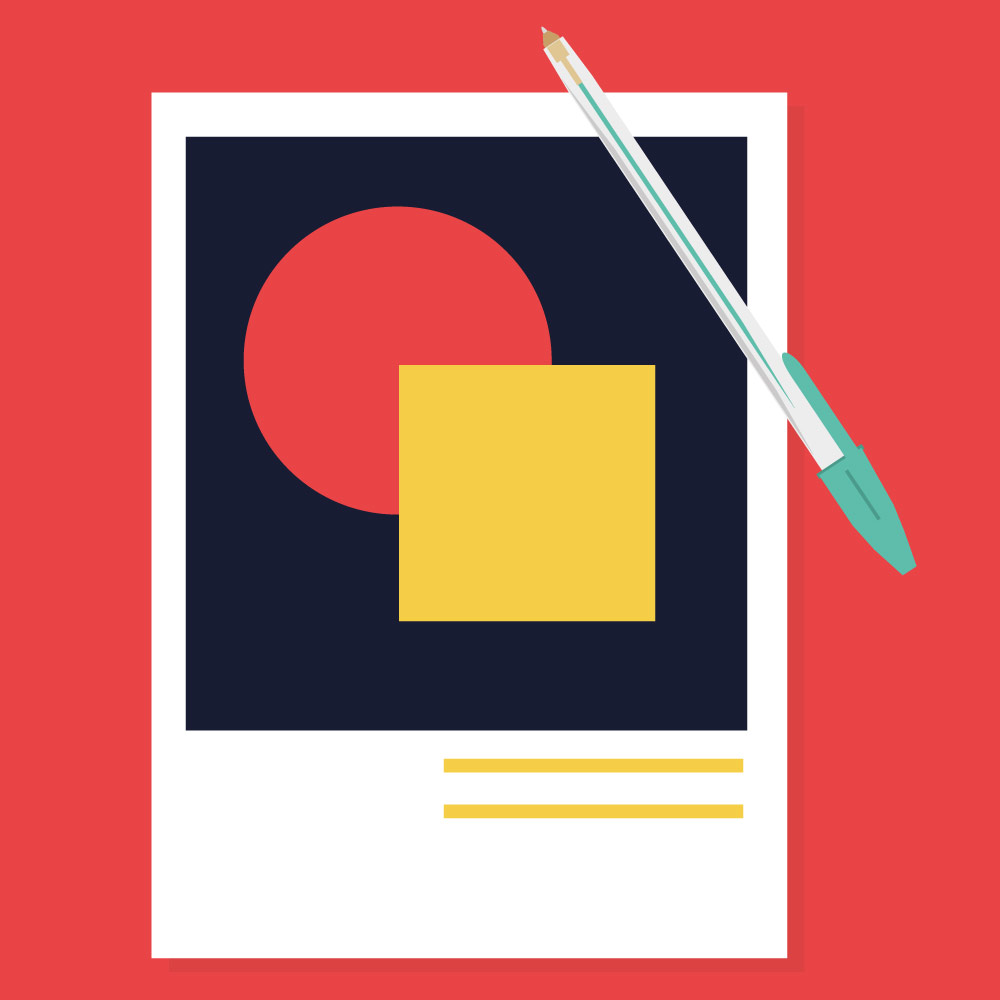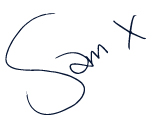 The best way to get the illustration you want, in the timescale you want, for the price you want is to take the time to put together a well-written brief. That might seem an obvious statement but too often what arrives in an illustrator’s inbox is quite the opposite.
The best way to get the illustration you want, in the timescale you want, for the price you want is to take the time to put together a well-written brief. That might seem an obvious statement but too often what arrives in an illustrator’s inbox is quite the opposite.
A brief is an essential tool when commissioning creative work. It is the foundation on which everything else about the project and relationship is built on. Investing time in writing a good illustration brief will pay dividends later in the project and give you a common understanding of what is needed.
What’s the point of a brief?
Wikipedia describes a creative brief as “a type of educational or business document including desires and requirements” i.e. what you want and what you need. And, despite the name, it’s usually better to write more than less. Here are just a few reasons why writing a brief will be the best thing you ever do for your project:
- Helpful for you: A brief is a blueprint for your project and should be as helpful for you as it is for your illustrator. Going through the process of writing the project details down can often highlight areas of risk or things that need thinking about further.
- Gives peace of mind: A brief provides confidence that you and your illustrator are on the same page when it comes to the project scope and that you’re not going to end up with any costly surprises. You can be sure that your illustrator knows exactly what you expect and when.
- A good investment of time: All commissioning involves a bit of back and forth with questions and clarifications but taking the time to write a good brief reduces this a heck of a lot. The more you can preempt an illustrator’s questions the less you’ll have to fire off additional emails. This is especially good news if you are approaching more than one illustrator with your brief.
- Get the best person for the job: Think of the brief as your sales pitch to reel in the best illustrator you can. It gives an illustrator confidence that you are an organised client, that you will provide the right information at the right time and be generally cool to work with. Good briefs are full of little details that make us excited about your specific project. By taking the time to craft your brief you are showing us that you value illustration and what it can add to your project and that we can work together as partners. This makes us happy! Working with an illustrator who is enthusiastic about your job for reasons other than getting paid will always result in a better end product.
What’s in a bad brief?
Let’s start with what is not a good brief. All too often it’s three hastily written lines that contain almost no information, take the following example:
“Hi, I’m looking for an illustrator to create some images for my website. How much would it cost and when can you have them done by”
That leaves us illustrators with more questions than answers. How many illustrations? What are they of? When do you need them by?…. the list goes on and on. If you catch an illustrator who is lucky enough to be busy you might find you get no response at all from an email like this. It all seems too vague, too difficult, too messy. It’s OK to not know all the answers and to ask for advice when commissioning but we need more than two sentences to start from.
What’s in a good brief?
Every illustrator works differently and approaches pricing and project management from a slightly different angle but there are some bits of information that are standard across all creative briefs. Try to think about it from the illustrator’s point of view. They know nothing about your project, your business or what you are trying to achieve, so you need to provide them with as much context and information as you can. Good sections to start with are:
Project name
This helps with communication and paperwork, whatever you call it is what will appear on our estimates and invoices so it’s best to be clear and descriptive so we can all easily keep track of it.
About you
If you are a new client to the illustrator you’ve approached then give us some background info about your organisation. What do you do and why? This helps us put the rest of the information in context and means we can make informed decisions about our clients.
What is the project?
This is where you explain what you need and how it fits into your organisation. Writing “We need an illustration for a poster” is good but “We need an illustration for a poster that will help us sell our new widget that is going to change the face of washing up forever” is much better.
Target audience
Who are we aiming the illustration at? Designing something for new mums is different from designing something for hedge fund managers. Who your audience is will set the tone for the illustration.
Vision
If you have a particular style in mind then write that in your brief. If you can provide visual examples then that is even better. If you’ve seen something in our portfolio that you thought would make us a good fit then mention that. By doing this we can see if you are drawn to complex, detailed styles or a more simple, graphic look. Often the style will affect how long the illustrations take to complete so this becomes a factor when pricing work.
Goals
What are you trying to achieve with the project? Do you want your audience to do or feel a certain thing? Do you need them to understand something, visit something or donate? How will you judge the success of the project?
Deliverables
Now you can go into details about specifically what you need. Do you need 40 small spot illustrations for a website or 12 double-page spreads for a children’s book? Do you need one illustration that can work across multiple formats? This helps give us an idea of the scale of the job and how best to approach it.
Distribution and uses
How will you use the illustrations? The price of an illustration is often set based on your end uses (see my pricing blog post here) so knowing whether it’s going to be part of a long-running campaign in a national newspaper or handed out to people at a local community meeting will make a difference to your costs.
Artwork specifications
What size do you need the illustrations to be and what file formats do you need us to provide? Large illustrations can take longer and if you need everything as low-resolution jpgs for the web and high res pdfs for print plus each illustration needs to be split out so you can use it separately then we need to consider this in the scope of work.
Brand guidelines
Are there any colours, fonts, logos, etc that we need to ensure are included? If you have an official brand guidelines document then include that with the brief if you can. This helps us understand your style and will dictate what we can and can’t do.
Key milestones
When do you need the work completing? We can then work out if the job you’ve specified is possible in that timescale and will fit into our studio schedule around other jobs we have on. It also helps us with our own financial planning. Knowing that your project wouldn’t be billable for several months may mean we need to take on other jobs in the meantime to keep the books balanced. Often clients will have staged milestones to meet stakeholder requirements – e.g. we need roughs for next month’s sales meeting so the team can approve them. Let your illustrator know this schedule as far in advance as you can.
Project budget
What is your budget for the work you’ve outlined? I know that a lot of people don’t like doing this but it makes the process so much quicker. It’s often thought that illustrators will just bung in a quote for the full budget amount but in my experience, that isn’t true. A budget gives us an idea of what you think the project is worth, sometimes we’ll agree, sometimes we’ll think it’s more or less than you’ve mentioned. If I think it’s less then I’ll quote less. This is especially true if you are clear that you have put the brief out to several illustrators.
Next steps
Explain what you would like back from us in response to your brief. Are you just looking for a price or would you like us to put together a more detailed proposal? Never ask illustrators to do work for free but it’s OK to ask for a written outline approach to your brief and to provide examples of previous work. Would you prefer to schedule a call to talk it through? Are you the final decision maker or do you need to take it to someone else or a committee of people? All this information allows us the tailor our response to your needs and prevents you from having to come back to ask for more information from us.
I hope that has demystified the process of writing a good illustration brief. To find out more about how illustrators price work then check out my blog post about that
If you’d like to discuss your project brief then get in touch and we can talk!

